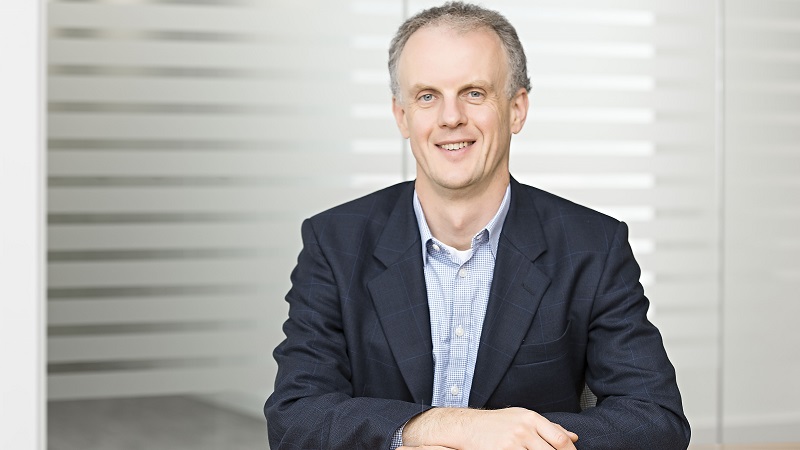“However, there are challenges with that starting point – if you have a broadly diversified portfolio, I’d wager that you probably cannot find a passive fund or index that is appropriate, or available for each of the asset classes you are looking to populate. You may have to compromise or look for active management.”
Askew goes as far as to suggest that passive investing is like a bubble in other asset classes, which could burst, related to how quantitative easing has created a “false environment” for financial risk assets.
“If investors are primed to believe in momentum, low volatility with low risk, they will be drawn to the cheapest entry point,” he explains.
“Momentum works both ways and sell-offs become more pronounced and damaging.
“As we start the eighth year of a bull market, a reversal [of passive inflows] could be painful but that might not and need not happen to those that eschew indices as portfolio construction tools and invest with truly active managers that are index-agnostic.”
As exemplified by the IA’s new Volatility Managed sector, investors want outcome-focused products rather than worrying too much about index performance; and this is an area where many providers still have a lot of work to do.











